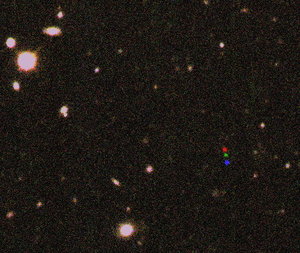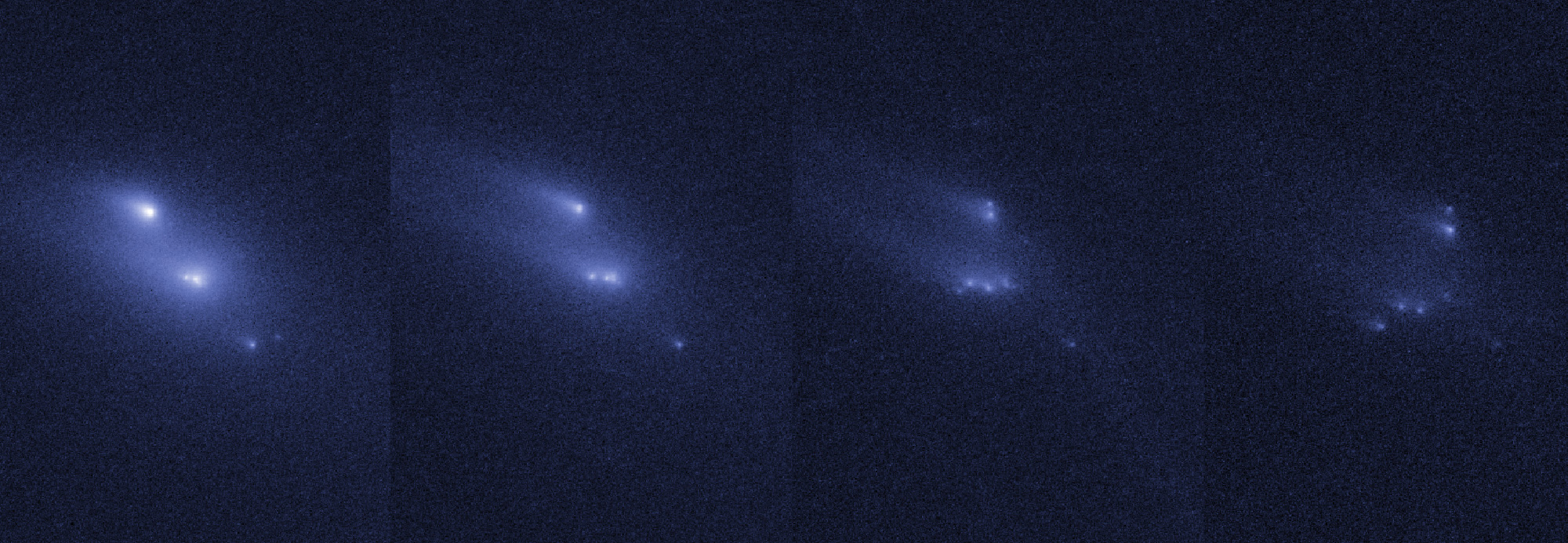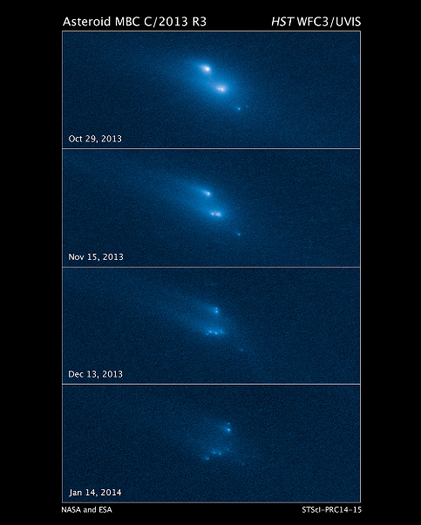Up through the early 21st century, the rate of dune and ripple movement on Mars, or whether activity occurred at all, was an open question. On the one hand, Viking Lander meteorology measurements and climate models indicated that winds sufficient to move sand were rare in the low density Martian atmosphere. In contrast, sand dunes, yardangs, and enigmatic mega-ripples were identified as common features, indicating that, over geologic time, sand activity had occurred. Because Mars has undergone dramatic climate shifts, causing atmospheric densities and wind speeds to change, a related question was whether any activity was current, or was relegated to the past. The previous half decade has seen a revolution in our understanding of Martian aeolian processes due to advances in spacecraft instrumentation, analytical techniques, numerical saltatation models, and studies of applicable terrestrial analogs. These investigations show that both views of Mars are true: Dunes in many regions are active, with mass fluxes comparable to some regions on Earth. In contrast, other dunes and, most notably, large megaripples, are static.
This talk summarizes this story, focusing in on two studies by the presenter, namely the quantification of dune migration rates and fluxes, and the formation of megaripples using a terrestrial analog site in Argentina. It concludes that the two views of aeolian Mars are reconcilable. Active dunes with significant sand fluxes are common where the sand supply is fresh. Megaripples form through accumulation of coarse grains through sand impact creep, commonly on pre-existing topography, and then become static through formation of a desert pavement-like surface. By considering the energetics of saltation on Mars, both processes occur today, although activity has waxed and waned under different climatic conditions. Mars is an active aeolian planet.




 A new dwarf planet has been discovered in the ‘interplanetary no man’s land’ found between the Kuiper Belt and the Oort Cloud that astronomers originally thought was just empty space. The new planet called 2012 VP113 is 280 miles across and orbits at a distance of 80 astronomical units (AU),where an AU is the distance from the Earth to the Sun. This orbit takes the new planet far beyond the Kuiper Belt which stretches between 30 and 55 AU. Pluto, a Kuiper Belt Object, never orbits further than 49 AU from the Sun. The dwarf planet 2012 VP113 is not far enough away to be considered part of the Oort Cloud, a shell of icy objects orbiting thousands of AU from the Sun, but its discovery may indicate the existence of an ‘inner Oort Cloud’.
A new dwarf planet has been discovered in the ‘interplanetary no man’s land’ found between the Kuiper Belt and the Oort Cloud that astronomers originally thought was just empty space. The new planet called 2012 VP113 is 280 miles across and orbits at a distance of 80 astronomical units (AU),where an AU is the distance from the Earth to the Sun. This orbit takes the new planet far beyond the Kuiper Belt which stretches between 30 and 55 AU. Pluto, a Kuiper Belt Object, never orbits further than 49 AU from the Sun. The dwarf planet 2012 VP113 is not far enough away to be considered part of the Oort Cloud, a shell of icy objects orbiting thousands of AU from the Sun, but its discovery may indicate the existence of an ‘inner Oort Cloud’.
